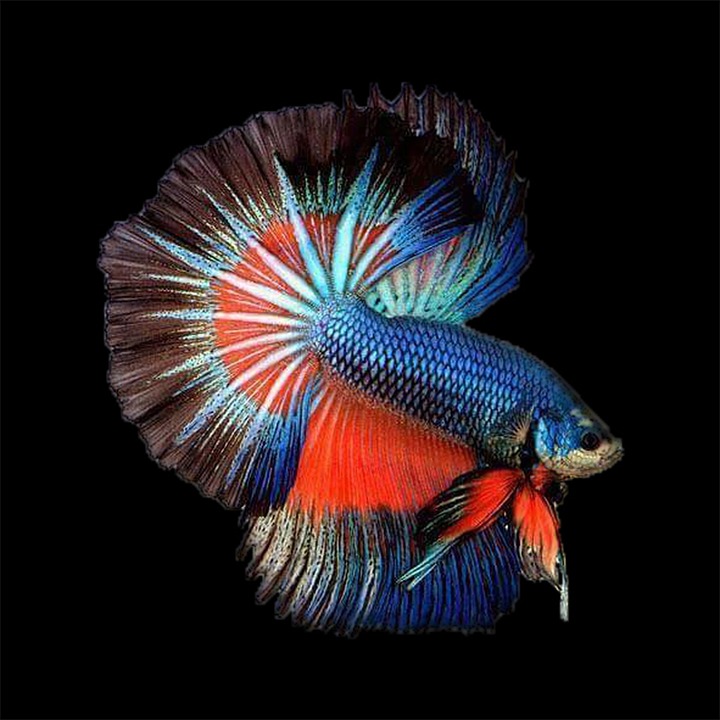Creating a disease-resistant fish habitat in your aquarium is crucial for the overall health and well-being of your aquatic pets. By following these five essential tips, you can significantly reduce the risk of diseases and provide a thriving habitat for your fish.
The first tip is to ensure proper water quality management. Maintaining excellent water conditions is the foundation of a disease-resistant fish habitat. Regularly test your aquarium water for pH, ammonia, nitrite, nitrate, and temperature levels. Keep a log of the results to monitor any changes and take appropriate actions. Additionally, perform regular water changes to remove harmful substances and replenish essential minerals. Aim for a 25% to 50% water change every two weeks, depending on the size of your aquarium. Investing in a high-quality filtration system suitable for your aquarium’s size and fish population is also essential. A robust filtration system will help eliminate toxins and maintain water clarity.
The second tip is to quarantine new fish before introducing them to your main aquarium. Introducing new fish without proper quarantine procedures can introduce diseases that may spread rapidly. Set up a separate quarantine tank or container where the new fish can be observed for signs of illness before introducing them to the main aquarium. Monitor the new fish closely for any signs of disease, such as abnormal behavior, loss of appetite, or physical abnormalities. If any symptoms are detected, consult a veterinarian or aquatic specialist for diagnosis and treatment. Keep the new fish in quarantine for a minimum of two weeks to ensure they are disease-free before introducing them to the main aquarium.
Maintaining a balanced diet is the third tip for creating a disease-resistant fish habitat. A nutritious and varied diet plays a vital role in strengthening your fish’s immune system. Provide a diverse diet consisting of high-quality fish pellets, flakes, frozen or live foods. Different fish species have varying dietary requirements, so research and cater to their specific needs. Avoid overfeeding, as it can lead to poor water quality and obesity. Feed your fish small portions multiple times a day, ensuring they consume their food within a few minutes. Consider incorporating nutritional supplements, such as vitamin-rich foods or fish-specific supplements, to enhance your fish’s overall health and immune system.
The fourth tip is to implement stress reduction techniques in your aquarium. Stress weakens fish immune systems, making them more susceptible to diseases. Provide sufficient swimming space and hiding spots in your aquarium, allowing fish to establish territories and reduce aggression. Avoid sudden changes in water temperature, pH levels, or lighting conditions. Gradual acclimation to new environments will help reduce stress and improve overall fish health. Research and select fish species that are compatible with each other to minimize aggressive interactions. Overcrowding or incompatible tank mates can lead to stress and increased disease risk.
The final tip is to regularly observe your fish for signs of diseases and take preventive measures. Visual inspections should be conducted daily to check for any signs of illness, such as changes in behavior, appetite, or physical appearance. Early detection allows for prompt treatment and prevents disease spread. Disinfect any new equipment or decorations before adding them to your aquarium to prevent the introduction of pathogens. Avoid using items from unknown or unreliable sources. If you notice any concerning symptoms or have questions about fish health, consult a veterinarian or knowledgeable aquatic specialist for proper diagnosis and treatment options.
By implementing these five tips, you can create a disease-resistant fish habitat in your aquarium and provide a healthy environment for your beloved aquatic pets. Remember to prioritize proper water quality management, quarantine new fish, maintain a balanced diet, implement stress reduction techniques, and regularly observe your fish for signs of diseases. With these strategies in place, you can enjoy a thriving and disease-free aquarium for years to come.









